Sociology and Anthropology
Western Illinois Taphonomic Research Sites
Taphonomy – the study of what happens to the remains of living things after death – is a critical part of many forensic and archaeological investigations. Taphonomic science can help to estimate the time since a death occurred, aid in the interpretation of markings found on bone and tissue, and play an important role in developing new techniques for collecting and analyzing evidence from crime scenes and artifacts from archaeology sites.
The Western Illinois Taphonomic Research Sites provide WIU student and faculty researchers with access to a variety of environmental contexts for experimental taphonomic studies. These properties are located in secluded, rural areas within a short driving distance of the Macomb campus.
Unlike similar “body farm” sites, research at the Western Illinois Taphonomic sites does not involve the use of human remains. Instead, non-human animal remains* are used for decomposition studies. Therefore, the sites can be maintained without the use of security fences, providing the opportunity to observe (via trail cameras) the activities and impacts of the full variety of local wildlife.
*Animal remains used in these taphonomic studies will only include roadkill collected from local highways and deceased livestock donated by local agricultural programs. No animals are ever harmed for this research.
Site A
Site A is a 1.2-acre parcel located in a deep valley which includes deciduous wooded and open (meadow) areas, along an active creek.
Site B
is a 3-acre upland property that includes a tall, coniferous forest, some partially-wooded areas, and a pond.
Student Research Opportunities
Research opportunities are available every semester. Potential research questions include:
- How much does decomposition rate change between sites and seasons in Western Illinois?
- Do plants grow differently over burial sites?
- Which species of local wildlife interact with decomposing remains? What kind of markings do they leave?
- How do site types (e.g., wooded v. open, pond v. stream) and other environmental characteristics (e.g., soil chemistry, season of death, buried v. surface deposition) influence the preservation of skeletal remains and trace (e.g., microscopic, DNA, chemical) evidence?
- How do environmental variables affect the preservation of fabrics, paper, plastics, and other common types of non-biological evidence
Contact Dr. Andrea Alveshere
Please contact Dr. Alveshere regarding research opportunities or other collaboration possibilities.
Office: Currens Hall 508
Phone:
(309) 298-1199
Email:
a-alveshere@wiu.edu

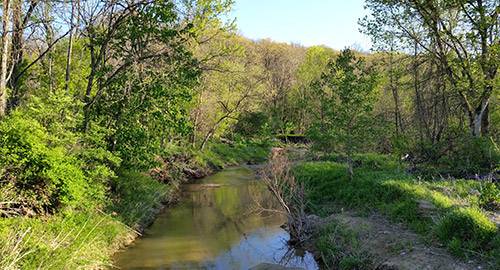
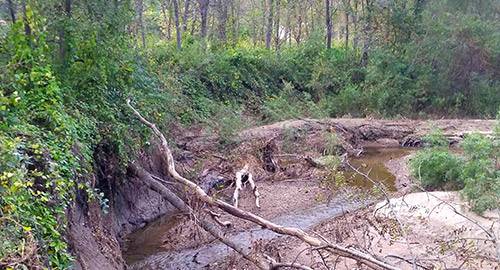
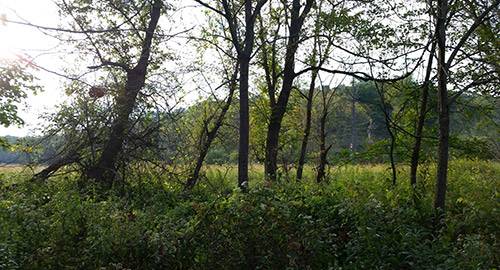
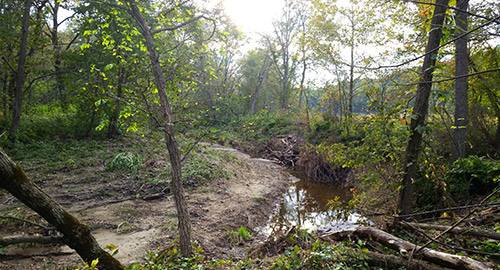
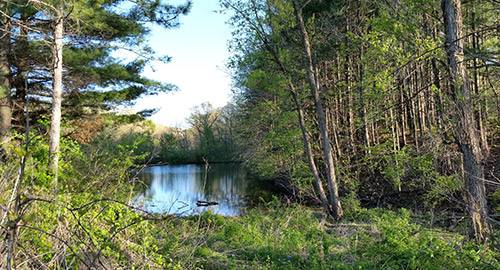
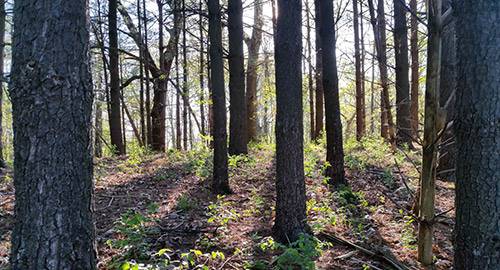
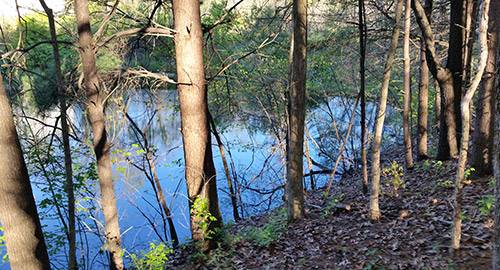
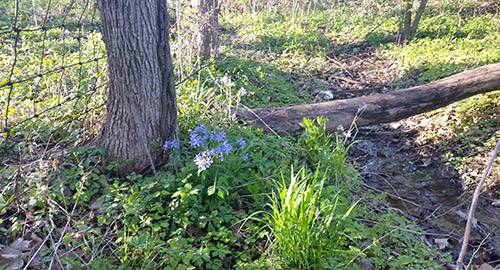
Connect with WIU: